The islands of Hawai‘i might be the most exotic place in the United States. Especially when compared to the rest of the U.S.—you can’t get much further from familiar territory. One of the questions I get asked the most about traveling to the Hawaiian Islands is “Where should I stay?”. My answer is almost always “Well…that depends”. From an outside perspective, each island must be pretty similar, right? Not exactly. Essentially, each of the four main islands of Hawai‘i are their own county (Maui also includes the neighbor islands of Moloka‘i and Lana‘i), and each has its own characteristics. What’s more, each island has different regions that also make for different terrain, opportunities and experiences for the would-be traveler. Over the next few blogs I’d like to talk about each island, the pros and cons of the different regions and give some of my top recommendations for places to stay at each. This time we’re discussing everyone’s favorite neighbor island—Maui!
Central Maui
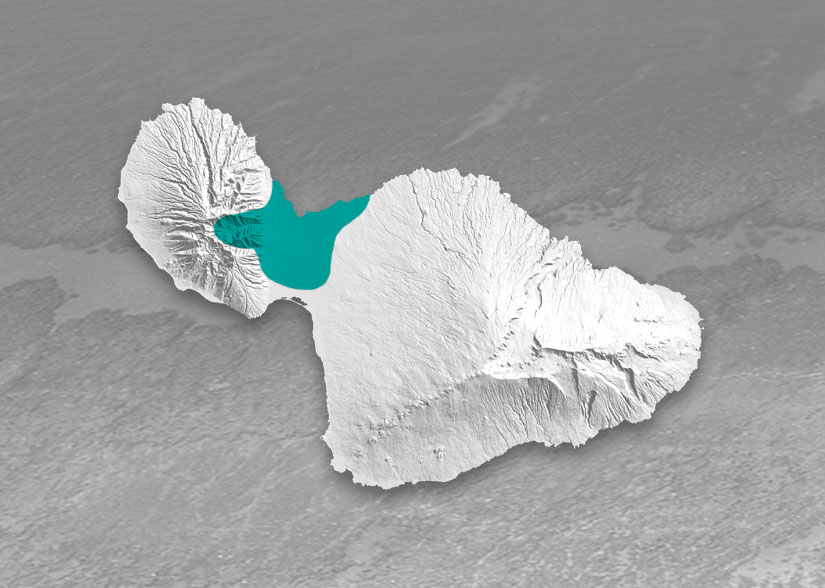 I’ll start with Central Maui since that’s where most visitors arrive. Central Maui is your introduction to the island. You’ll land here. You’ll shop here. You’ll also come through here when you head to Hana, up to the top of Haleakala or after circling West Maui. But with all that exposure, few people come to Central Maui just to see Central Maui. It’s like the Denver Airport of Maui. Everyone passes through, yet few look around. But don’t blow it off completely. Central Maui does have some reasons to stop and stay a while.
I’ll start with Central Maui since that’s where most visitors arrive. Central Maui is your introduction to the island. You’ll land here. You’ll shop here. You’ll also come through here when you head to Hana, up to the top of Haleakala or after circling West Maui. But with all that exposure, few people come to Central Maui just to see Central Maui. It’s like the Denver Airport of Maui. Everyone passes through, yet few look around. But don’t blow it off completely. Central Maui does have some reasons to stop and stay a while.
The major towns in Central Maui area are Kahului, Wailuku and the beach town of Pa‘ia. It’s also part of the valley between the two major mountains, Haleakala and the West Maui Mountains. (It’s this area that gives the island its nickname of “The Valley Isle”.) Sugar fields used to dominate the land here, but since 2017 and the demise of the sugar industry, the fields switched to “diversified agriculture”. It’s still a transition time—filling the fields now are citrus groves, coffee fields, cattle pastures and a variety of other crops.
The two mountains funnel the typical trade winds here. It’s almost always windy, and even when it’s not windy, it’s really breezy. It’s these windy conditions that have made Maui the windsurfing, kiteboarding and wing foiling capital of the world. If you’re into board sports, you won’t be disappointed in the conditions here. The beaches aren’t the best the island has to offer. Being a windward part of the island means rain and runoff, plus the constant winds, can make for less-than-ideal beach conditions for the casual beachgoer. However, that also means you can often find fairly secluded beaches despite being so close to major towns—at least during the weekdays.
Since this is where much of the island’s business (and businesses) occur, most places to stay aren’t anything to write home about. The draw here is the (relatively) affordable dining options, shopping and arts and culture opportunities. The Maui Arts and Cultural Center (aka the MACC) is pretty much any big music performance will take place, as well as theater and other events.
Here’s a couple of my top picks for places to stay in Central Maui.
West Maui
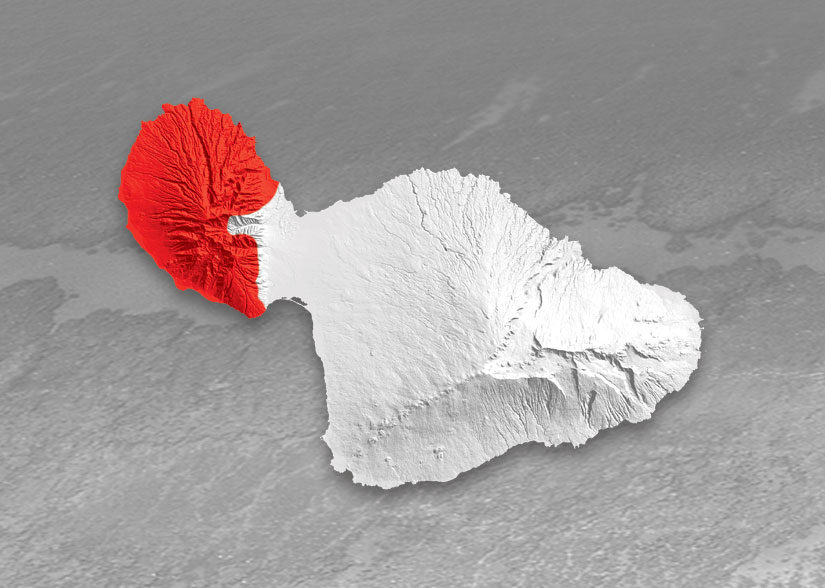 West Maui has always been an amazing place. However, much of the experience here won’t be what it once was. The destruction of Lahaina from the wildfires in 2023 will affect this area for the foreseeable future. It’s not as simple to say that West Maui should be avoided due to the disaster and complications from the cleanup and recovery—those same challenges mean the businesses in West Maui need the support of visitors more than ever. The loss of the harbor in Lahaina means that many ocean activities that were a big draw have shifted to Ma‘alaea and Kihei in South Maui, though some boating opportunities can still be found from Ka‘anapali Beach and Mala Ramp. While the community navigates this difficult period, there is still a lot that visitors can experience. Calm waters, some great beaches, luxurious resorts and world class dining: West Maui still delivers.
West Maui has always been an amazing place. However, much of the experience here won’t be what it once was. The destruction of Lahaina from the wildfires in 2023 will affect this area for the foreseeable future. It’s not as simple to say that West Maui should be avoided due to the disaster and complications from the cleanup and recovery—those same challenges mean the businesses in West Maui need the support of visitors more than ever. The loss of the harbor in Lahaina means that many ocean activities that were a big draw have shifted to Ma‘alaea and Kihei in South Maui, though some boating opportunities can still be found from Ka‘anapali Beach and Mala Ramp. While the community navigates this difficult period, there is still a lot that visitors can experience. Calm waters, some great beaches, luxurious resorts and world class dining: West Maui still delivers.
West Maui is one of the leeward parts of the island. On the leeward side you don’t have the tropical lushness you may associate with Hawai‘i, but you usually have clear weather, calm oceans, sparkling water and lots of sunshine. (And, after all, you can always drive to the lush areas.) The resort areas of Ka‘anapali and Kapalua are where most visitors will stay, though there are lots of condos in the smaller communities in between.
In Ka‘anapali, half a dozen fancy resorts line the beach. There’s a wonderful paved beachside path that runs along all the resorts. It’s an excellent place to stroll at sunset and can take an hour or more. Farther north, Kapalua is an incredibly manicured oasis of green in this wind-swept part of the island. The gardening bill must be immense because no dead leaf goes unpunished. Expensive is the operative word at these resorts. Some of the beaches, such as Kapalua Beach, are excellent. The wind tends to be strong here, and it’s also more prone to drizzle than any other leeward resort area. You don’t have to look hard to find world-class lodging and dining in these areas.
Here’s some of my top picks for places to in West Maui.
Hyatt Regency Maui Resort & Spa
South Maui
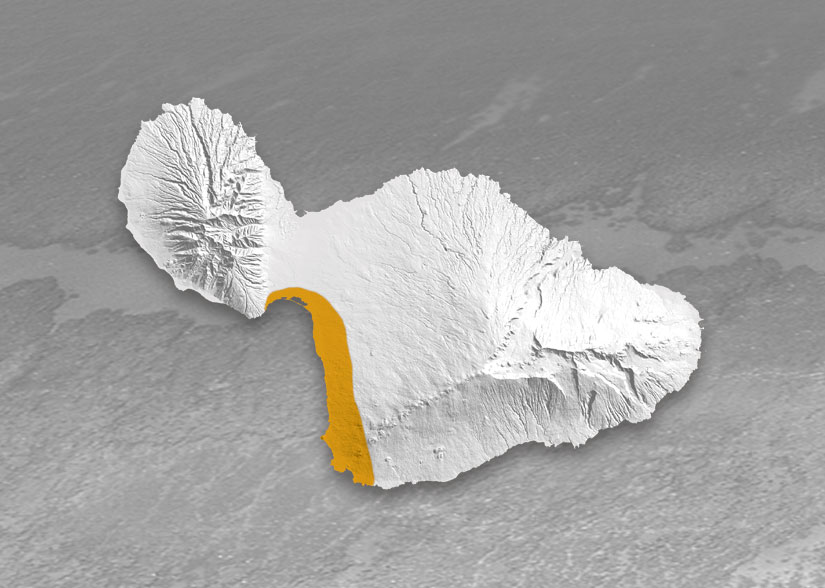 Ahh, South Maui. Land of sun and beaches and visions of offshore islands. Until the mid-1900s, there were few people living in South Maui. Lack of water made it difficult to grow things, and, after all, what else was land good for? Today we know it’s good for growing Hawai‘i’s most important cash crop—visitors! South Maui gets so little rain (many years it may only rain three or four times), and its beaches are so extraordinary that it’s a mecca for anyone looking for a dreamy, dependable tropical vacation. If you look at the graphic, the first thing you notice is that the term South Maui is not very geographically correct. South Central Maui seems more accurate. But South Maui is what the region has been historically called, so who am I to quibble?
Ahh, South Maui. Land of sun and beaches and visions of offshore islands. Until the mid-1900s, there were few people living in South Maui. Lack of water made it difficult to grow things, and, after all, what else was land good for? Today we know it’s good for growing Hawai‘i’s most important cash crop—visitors! South Maui gets so little rain (many years it may only rain three or four times), and its beaches are so extraordinary that it’s a mecca for anyone looking for a dreamy, dependable tropical vacation. If you look at the graphic, the first thing you notice is that the term South Maui is not very geographically correct. South Central Maui seems more accurate. But South Maui is what the region has been historically called, so who am I to quibble?
The main “towns” in South Maui are Kihei and Wailea, plus the port of Ma‘alaea (which also the small but surprisingly good aquarium, Maui Ocean Center.) Kihei is the unplanned outcome of South Maui’s explosion of popularity during the 1970s and ’80s. It’s a linear collection of condos and strip malls. Kihei doesn’t try to be anything other than what it is—a beach town—where everything is water-related. As for downtown Kihei, there is no such animal. The closest you could come to defining the town center is the collection of bars and restaurants called the Triangle. And that’s a stretch. Wailea, on the other hand, is the premier resort area on the island (Kapalua’s and Ka‘anapali’s claims notwithstanding). Expensive resorts line its heavenly beaches. Some resorts are so posh and exotic, you’ll weep when you finally have to go back to the real world. While Kihei was an every man for himself development, the Wailea area had a single owner with a single vision: grand, green, groomed and golf. With splendid weather (cooler than Kihei and with lighter afternoon winds), phenomenal beaches, clean water and kickin’ views of small, uninhabited islands offshore, Wailea is a grand success.
Here’s a couple of my top picks for staying in South Maui.
East Maui and the Hana Highway
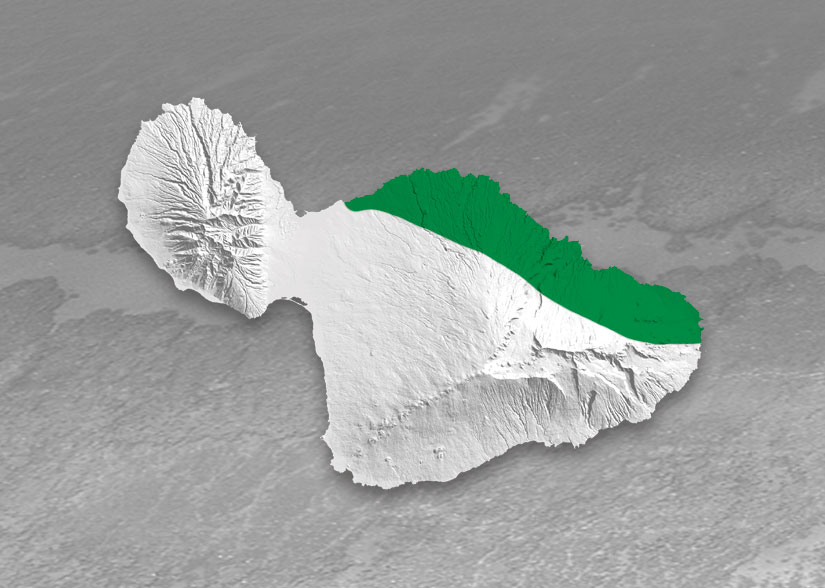 This part of the island is seen more as an activity or an event for most visitors. The road to Hana is without question the most famous and desired drive in all Hawai‘i, the crown jewel of driving. It’s been compared to driving through the garden of Eden: a slow, winding road through a lush paradise that you always knew existed—somewhere. Many of the communities along this stretch of east Maui still practice traditional farming and are very passionate about preserving the look, feel and character of the area. Traveling the road to Hana is like taking a step back in time.
This part of the island is seen more as an activity or an event for most visitors. The road to Hana is without question the most famous and desired drive in all Hawai‘i, the crown jewel of driving. It’s been compared to driving through the garden of Eden: a slow, winding road through a lush paradise that you always knew existed—somewhere. Many of the communities along this stretch of east Maui still practice traditional farming and are very passionate about preserving the look, feel and character of the area. Traveling the road to Hana is like taking a step back in time.
Many just drive through in one day, but if you’re on Maui for a week or more, I strongly suggest you consider spending the last couple of days in Hana. This area doesn’t hit you, it seeps into you. The peace that Hana exudes can only penetrate when you’re here at leisure, not on a mission. Today, Hana is one of my favorite places to go to get away from the hellacious rigors of guidebook writing. (You have no idea how hard it was to write that last sentence with a straight face.)
Hana is the only town on the east end of the island, and its remoteness shows. This isn’t a place to go if you’re looking for bars, restaurants or any kind of scene. Here, it’s all about the scenery. Achingly gorgeous beaches, waterfalls and a general peace and quiet is what you’ll get here. Dining options are very limited, and many businesses only loosely adhere to set business hours. (“Island time” is a thing across Hawai‘i, but here it’s a way of life.) Overall, it’s the type of travel experience that is better understood by living it, rather that reading or hearing about it.
There’s only one resort in Hana, plus a handful of condos. It gets my top pick by default, but it really is an amazing place to stay.
Upcountry Maui
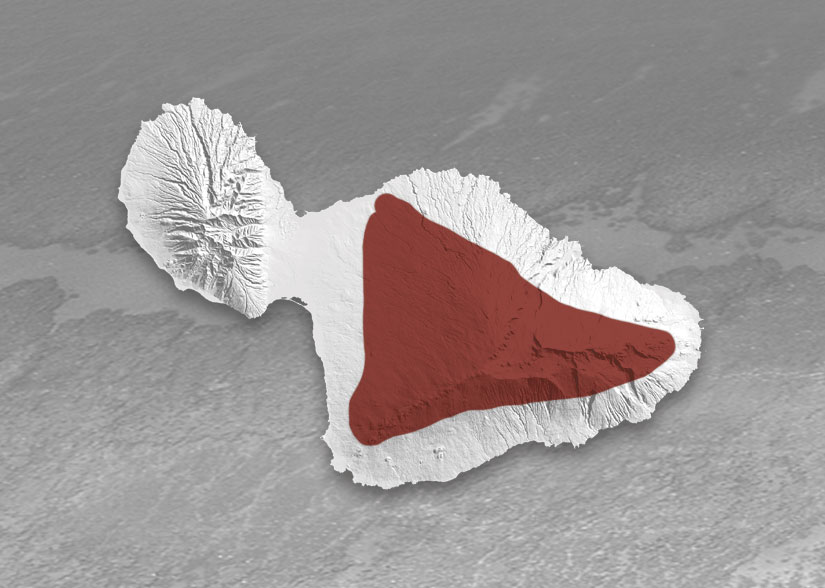 People come to Maui for the ocean, palm trees and balmy weather. So why on earth would you want to use up one of your precious vacation days in the center of the island where you won’t find any of that? Simple. This part of the island has green, rolling hills, switchback roads, cool mountain air and a lump-in-your-throat crater at Haleakala National Park. It may not be typical Hawai‘i, but it’s definitely beautiful.
People come to Maui for the ocean, palm trees and balmy weather. So why on earth would you want to use up one of your precious vacation days in the center of the island where you won’t find any of that? Simple. This part of the island has green, rolling hills, switchback roads, cool mountain air and a lump-in-your-throat crater at Haleakala National Park. It may not be typical Hawai‘i, but it’s definitely beautiful.
Upcountry refers to the cluster of towns located 2,000–4,000 feet up the slope of Haleakala. They aren’t pointing directly into the trade winds, so rain is less frequent. Drought happens on occasion, sparking water rationing. Since temperatures fall about 3 °F with every thousand feet, it’s cooler up here than at the shore. It’s popular with people who want to work or play in the tropics but don’t want to live there.
The major towns in this area are Makawao, Ha‘iku, Pukalani and Kula. Of all the areas of Maui (except East Maui), Upcountry has the least places to stay. That being said, you can still find some amazing lodging options. If you’re into sweeping views of the island, cooler temperatures and easy access to Haleakala National Park, Upcountry might worth considering. The smaller towns have a slower pace than the seaside communities and has some of the more unique the shops on the island. The Saturday farmer’s market has reached legendary status on the island. Since this is where a lot of the island’s farms are, many of the restaurants go the extra mile in providing fresh, local ingredients—the dining options are limited but top notch.
There’s essentially one main hotel for the area, but you can find lots of bed and breakfast options as well.
Biking
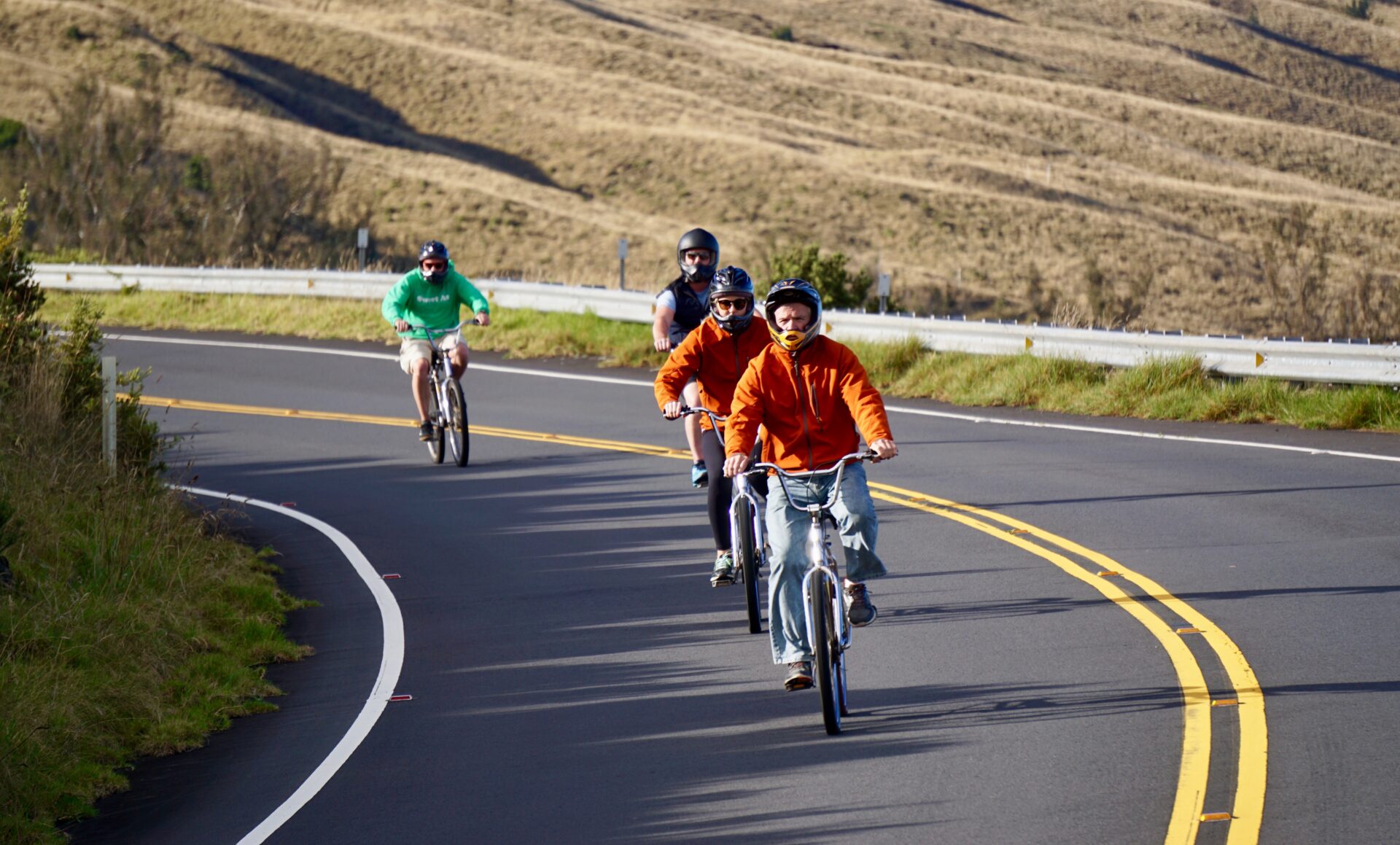
Maui Downhill: Downhill Tour
Our favorite company for self-guided tours is Maui Mountain Cruisers. Their rides are almost to the ocean to the town of Pa‘ia. They shuttle you up the mountain and you cruise back down at your own pace, while they stay nearby in the van to assist at any point.
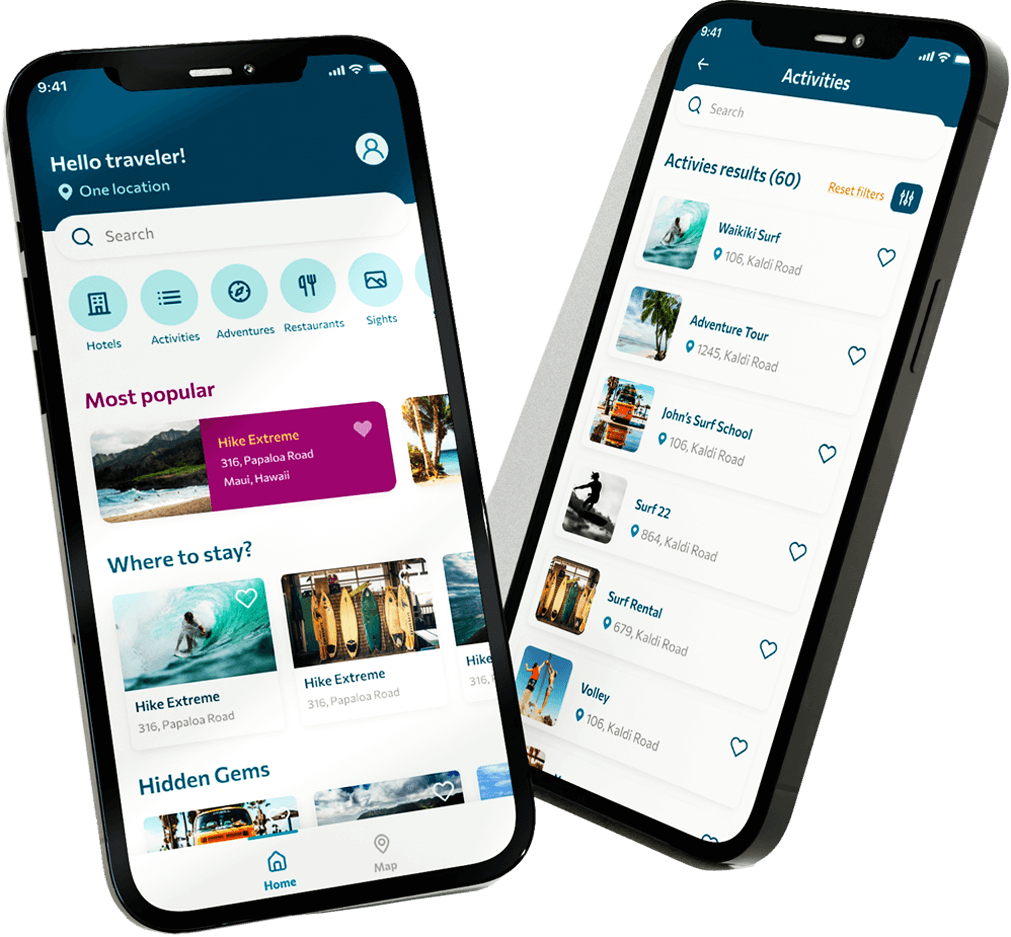



0 Comments